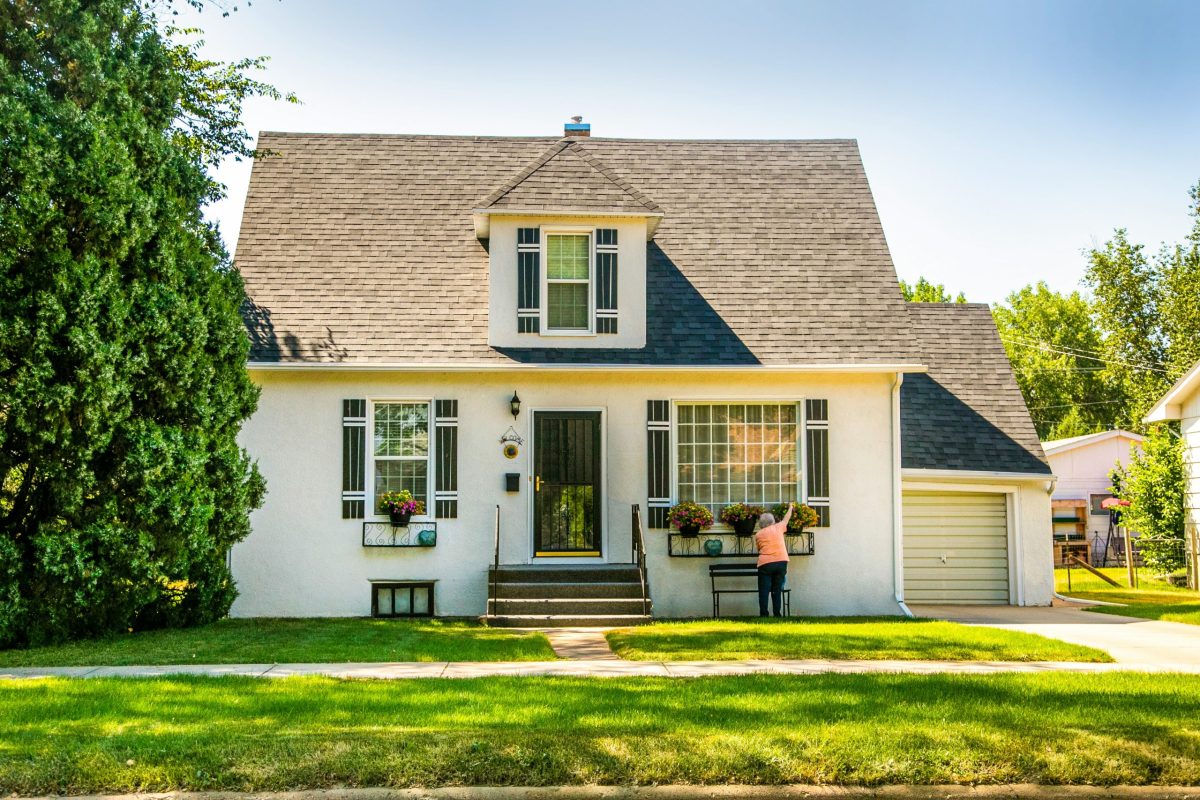How Much House Can You Really Afford?
When you’re planning to buy or rent a home, the big question is: How much can I safely spend each month?
At Wealth Wallaby, we recommend following the 25% of take-home income rule. That means your total housing expenses—mortgage or rent, property taxes, insurance, and HOA fees—shouldn’t exceed one-quarter of the money you actually bring home after taxes.
This rule is more conservative than the traditional “28% of gross income” guideline, but it’s far more realistic. Why? Because you don’t spend gross income—you spend what lands in your checking account.
Why Use 25% of Take-Home Pay Instead of 28% of Gross Pay?
- ✅ Keeps your budget real. Take-home income is what you actually control, so basing your housing budget on it prevents overestimating.
- ✅ Builds in flexibility. By capping housing costs at 25%, you leave room for savings, retirement contributions, debt payoff, healthcare, and everyday expenses.
- ✅ Protects against being “house-poor.” A beautiful home won’t feel worth it if you can’t afford vacations, emergencies, or even dining out.
- ✅ Helps you grow wealth. Lower housing costs mean more money left to invest, save, and give.
Example: If your monthly take-home pay is $4,000, then your max housing budget under this rule is $1,000 per month.
Try the Housing Affordability Calculator
Use our tool below to see what home price and monthly payment fit the 25% take-home rule.
👉 Enter your numbers and see your affordability snapshot instantly.
Understanding Your Results
When you run the calculator, you’ll see two main outputs:
- Max Monthly Mortgage Payment (25% Rule): The top-end payment you can afford without stretching your budget.
- Estimated Max Home Price: Based on your income, loan term, interest rate, down payment, and extra housing costs (insurance, taxes, HOA).
Use this as a guidepost, not an exact limit—local markets, your debt load, and personal goals may shift your true affordability.
15-Year vs. 30-Year Mortgage: Which Is Better?
The length of your mortgage matters:
- 15-Year Loan
- Higher monthly payments
- Lower total interest paid
- Builds equity faster
- 30-Year Loan
- Lower monthly payments
- Higher total interest paid
- More monthly breathing room
👉 The 25% rule works with either option. If you want to build wealth faster, lean toward a 15-year. If you need flexibility, a 30-year may make sense.
Final Word: Stay Within Your Margin
Housing is likely your biggest monthly expense—but it doesn’t have to swallow your entire budget. Sticking to 25% of take-home pay gives you margin for:
- Retirement and emergency savings
- Debt elimination
- Family and lifestyle goals
- Unexpected costs
Your home should support your financial freedom, not hold it hostage. Run the calculator, find your safe number, and move forward with confidence.

Leave a Reply